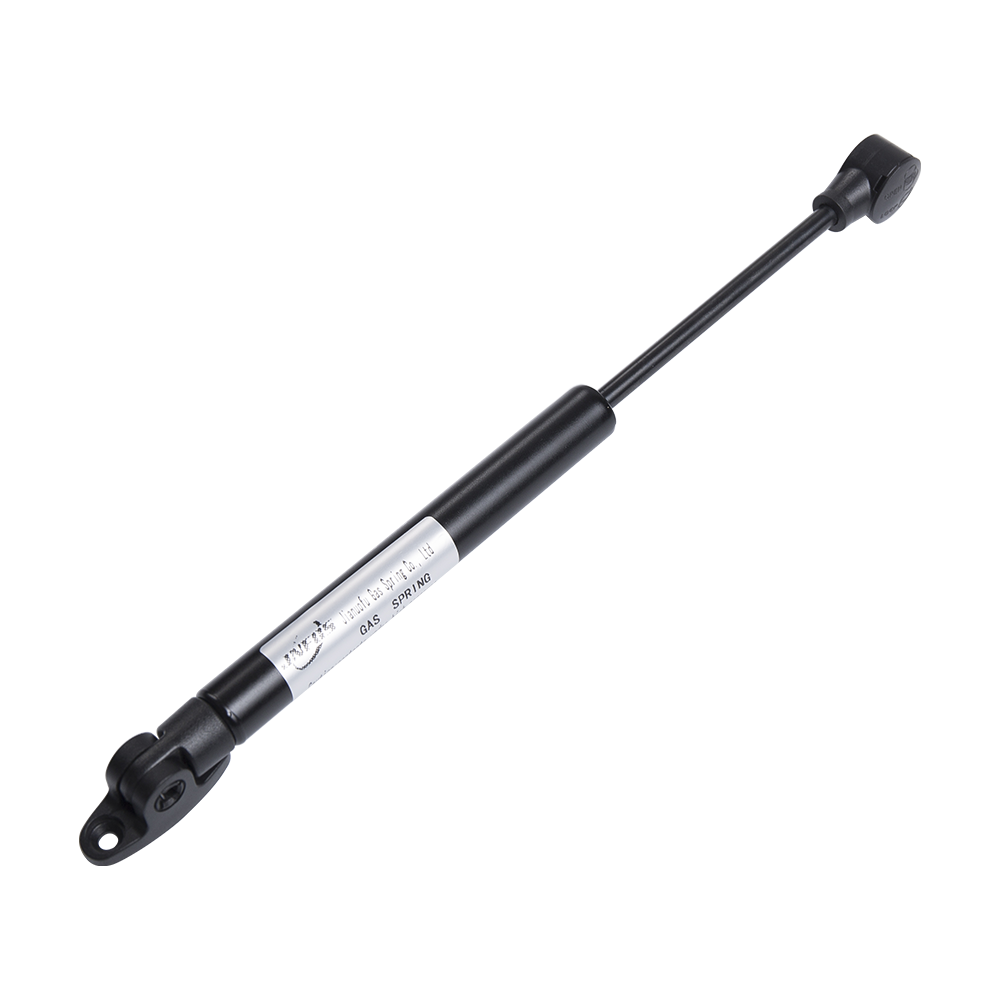Determining the correct installation position for a cabinet gas spring is crucial for ensuring proper functionality and performance. Here’s a step-by-step guide to help you with the installation:
Understand the Application:Type of Cabinet: Determine whether the gas spring is for a cabinet door, lid, or drawer.Load Requirements: Assess the weight and dimensions of the cabinet door or lid to select the appropriate gas spring with the correct force rating.
Select the Appropriate Gas Spring:Force Rating: Ensure the gas spring has the correct force rating to support the weight of the cabinet component. This is typically specified in Newtons (N) or pounds (lbs).Type of Gas Spring: Choose between different types of gas springs (e.g., single-acting or double-acting) based on the movement required.
Determine the Mounting Points:Horizontal vs. Vertical Mounting: Decide whether the gas spring will be mounted horizontally or vertically, depending on the application and desired motion.Attachment Points: Identify the attachment points on the cabinet and the door or lid. These points should be able to support the gas spring's mounting brackets or fixtures.
Calculate the Proper Placement:Angle of Operation: The gas spring should be installed at an angle that allows for smooth and controlled movement. Typically, this angle is between 70 and 90 degrees, but it can vary based on the design and function.Extension and Compression: Ensure that the gas spring's extended and compressed lengths are suitable for the cabinet's range of motion. The gas spring should neither be fully extended nor compressed in the open or closed positions.

Mark the Installation Positions:Use Templates or Guidelines: Many gas springs come with installation templates or guidelines. Use these to mark the exact positions for mounting brackets on the cabinet and the door or lid.Measure Accurately: Use a tape measure to ensure that the marked positions are symmetrical and align with the gas spring’s specifications.
Install the Mounting Brackets:Positioning Brackets: Attach the mounting brackets or fixtures to the marked positions on the cabinet and the door or lid. Ensure they are securely fixed and aligned.Secure Fasteners: Use appropriate screws or bolts to secure the brackets. Ensure they are tightened to the manufacturer’s specifications to prevent movement or loosening.
Attach the Gas Spring:Align the Gas Spring: Connect the gas spring to the mounted brackets. Ensure that it is aligned properly and that the connection points are secure.Check Movement: Gently open and close the cabinet door or lid to test the gas spring’s movement. Ensure that the gas spring provides smooth and controlled motion.
Adjust If Necessary:Fine-Tune Positioning: If the movement is not smooth or if there are issues with the range of motion, adjust the mounting positions slightly as needed.Verify Alignment: Check that the gas spring is correctly aligned with the intended range of motion and that it operates without any interference.
Test the Installation:Check Operation: Test the gas spring in various positions (fully open and fully closed) to ensure it operates smoothly and effectively.Observe for Issues: Look for any signs of binding, excessive resistance, or unusual noise. Address any issues promptly by adjusting the installation.
Consult Manufacturer Instructions:Follow Guidelines: Always refer to the manufacturer’s installation instructions and guidelines for specific recommendations and requirements related to the gas spring model you are using.
By following these steps, you can ensure that the cabinet gas spring is installed correctly, providing the desired performance and longevity. Proper installation helps achieve smooth and controlled movement while maintaining the safety and functionality of the cabinet system.


 English
English русский
русский











